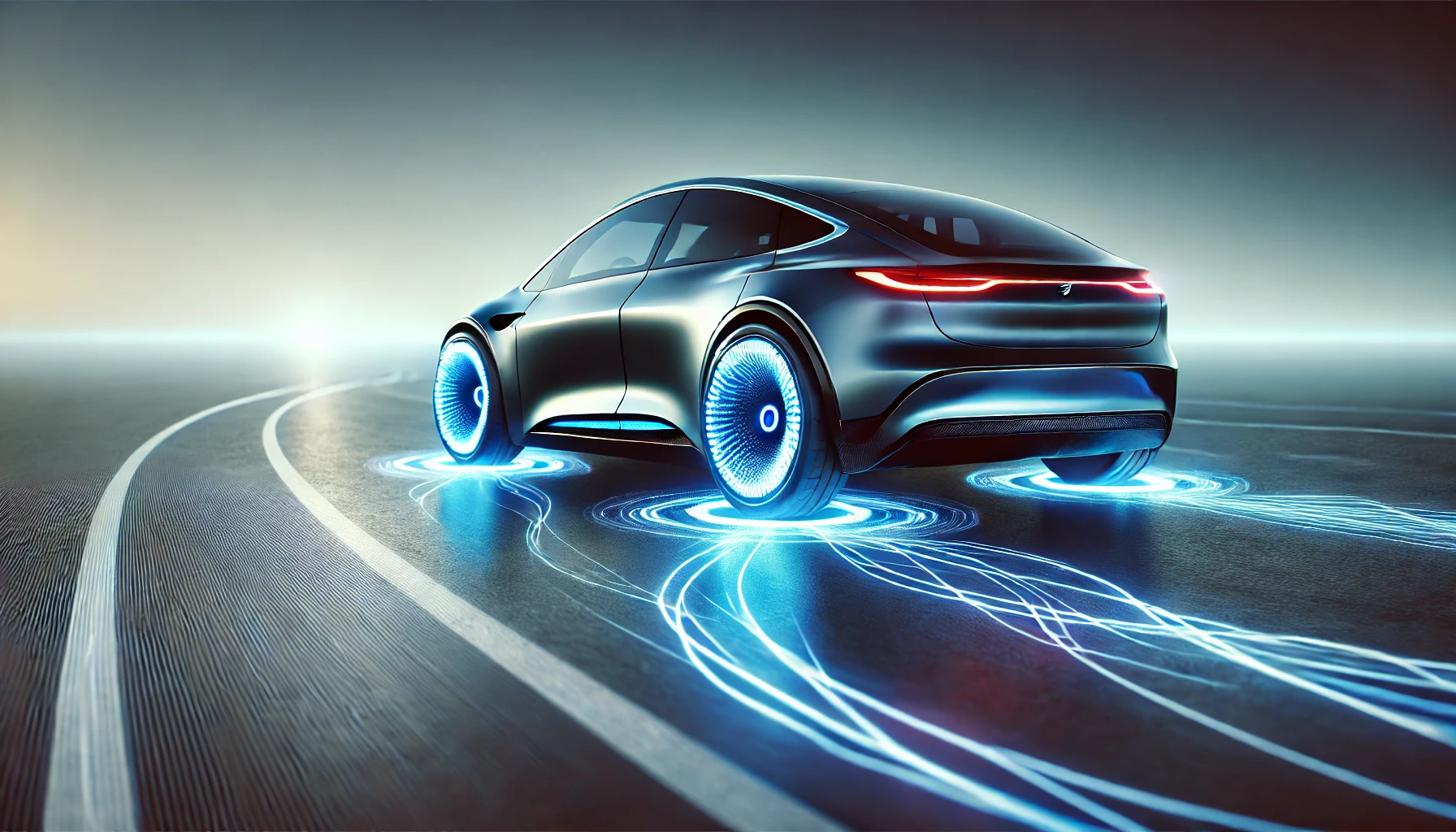Understanding “Maximum Power of Front Motor (kW)” and “Maximum Power of Rear Motor (kW)” in Modern Cars
Last Updated At: 2025-12-25 Author: Sarah
[Car Tech Knowledge/ XNmotors]
In today’s automotive world, electric and hybrid vehicles are gaining widespread popularity due to their impressive efficiency, performance, and technological advancements. If you are browsing through car specifications, especially for all-wheel-drive electric or hybrid vehicles, you may come across terms like “Maximum Power of Front Motor (kW)” and “Maximum Power of Rear Motor (kW).” These are key indicators of a vehicle’s performance and power delivery. In this article, we break down these terms, their importance, and how they influence your driving experience.

Image Source: AI generated
What is “Maximum Power” in a Car Motor?
In electric vehicles, power is measured in kilowatts (kW) instead of the traditional horsepower (HP). The term “maximum power” refers to the peak output the motor can deliver under optimal conditions, such as during full acceleration or maximum load.
For reference:
1 kW = 1.34 horsepower (HP).
Higher power output translates to better acceleration and overall performance, which is critical for tasks like overtaking, climbing steep hills, or achieving higher speeds.
Understanding Front and Rear Motors
Many modern electric vehicles (EVs) and hybrids come equipped with dual motors—one on the front axle and one on the rear axle. This configuration is often found in All-Wheel-Drive (AWD) vehicles. Each motor operates independently, delivering power to its respective set of wheels.
• Front Motor: Drives the front wheels.
• Rear Motor: Drives the rear wheels.
The maximum power of each motor tells you how much energy each motor can produce individually. Together, they work in harmony to optimize power distribution, efficiency, and traction.
Why Do Cars Have Front and Rear Motors?
1. All-Wheel Drive (AWD):
Dual motors enable AWD capability, improving grip and stability on slippery or rough terrain. The front and rear motors distribute power intelligently to prevent wheel slip and maintain control.
2. Performance Boost:
Cars with both front and rear motors tend to have higher combined power output. This allows for faster acceleration and improved responsiveness, as each motor contributes to the overall thrust.
3. Energy Efficiency:
In many EVs, the vehicle prioritizes one motor (typically the rear) for normal driving to conserve energy. The second motor (front) engages when extra power or traction is needed, enhancing efficiency.
4. Balanced Power Distribution:
By splitting power between the front and rear axles, dual motors ensure more balanced acceleration, reducing stress on individual motors and improving longevity.
How to Interpret Maximum Power (kW) Ratings
Let’s consider a car specification:
• Maximum Power of Front Motor: 100 kW
• Maximum Power of Rear Motor: 150 kW
In this case:
• The front motor contributes 100 kW of power to drive the front wheels.
• The rear motor contributes 150 kW to drive the rear wheels.
The combined system power is not necessarily the simple sum of these two values (100 kW + 150 kW = 250 kW) because the motors may not always operate at peak performance simultaneously. Manufacturers provide a separate “total system power” specification to indicate the overall peak output of the vehicle.
Impact on Driving Performance
1. Acceleration: Vehicles with high combined motor power accelerate faster, offering a sporty and responsive driving experience. For example, a car with a 250 kW combined power output can deliver 0-100 km/h acceleration in under 5 seconds.
2. Traction and Stability: AWD vehicles benefit from the independent power delivery of front and rear motors, which provides excellent control in harsh weather conditions like rain, snow, or off-road situations.
3. Energy Consumption: The power ratings indicate performance potential but do not directly correlate to energy efficiency. A higher-powered motor may use more energy during peak performance but is also capable of delivering superior results.
4. Driving Modes: Many vehicles allow you to select driving modes (e.g., Eco, Normal, Sport) that alter how power is distributed between the front and rear motors to optimize either performance or efficiency.
Conclusion
Understanding the terms “Maximum Power of Front Motor (kW)” and “Maximum Power of Rear Motor (kW)” is essential when evaluating an electric or hybrid vehicle. These values highlight the power capability of each motor, influencing performance, acceleration, traction, and overall driving dynamics. If you are considering a car with dual motors, pay attention not only to the individual motor power ratings but also to the combined system power for a complete picture of the car’s performance capabilities.
For performance enthusiasts, AWD lovers, or those needing reliability in challenging road conditions, dual-motor vehicles represent an excellent choice. Always check these specifications to ensure the vehicle meets your driving needs.
By understanding these technical terms, you can make an informed decision when choosing your next electric or hybrid vehicle. For more details, explore our comprehensive car review videos or contact us for buying guides!
( Article / XNmotors Sarah )
Comments
No comments yet. Be the first one to comment.